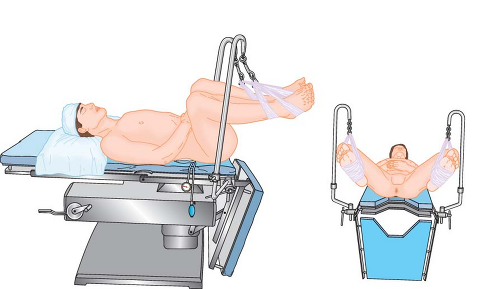

Therefore, increases in intracompartment pressure. Furthermore, they indicate that intermittent external compression can reduce intracompartment pressure in the lower leg. Abduction to 30 degrees or 45 degrees increased strain by more than 30 g on the obturator nerve (P 30 g has been associated consistently with nerve dysfunction, disrupting axonal transmission, and causing structural neural damage. Conclusions: These results show that the lithotomy position is associated with changes in intracompartment pressure that are dependent on the method of leg support used. Flexion of the hip did not increase strain on either nerve. The Lithotomy Position is similar to the supine position of the body when the patient is face-up, arms to the sides, but the legs are separated, raised, and supported in a boot-style leg holder or stirrup-style position. Analysis of variance was calculated for the differences. The means of the strain measurements, which were measured in grams in all positioning angles were compared to the baseline 0 degrees measurements. A static load cell was used to record strain changes of the obturator and lateral femoral cutaneous nerves in the pelvis and anterior thigh when the lower limbs were placed in three sets of positions of varying hip abduction and flexion. The purpose of this study was to determine if various lithotomy positions increase strain on the obturator and lateral femoral cutaneous nerves in fresh adult cadavers.


 0 kommentar(er)
0 kommentar(er)
